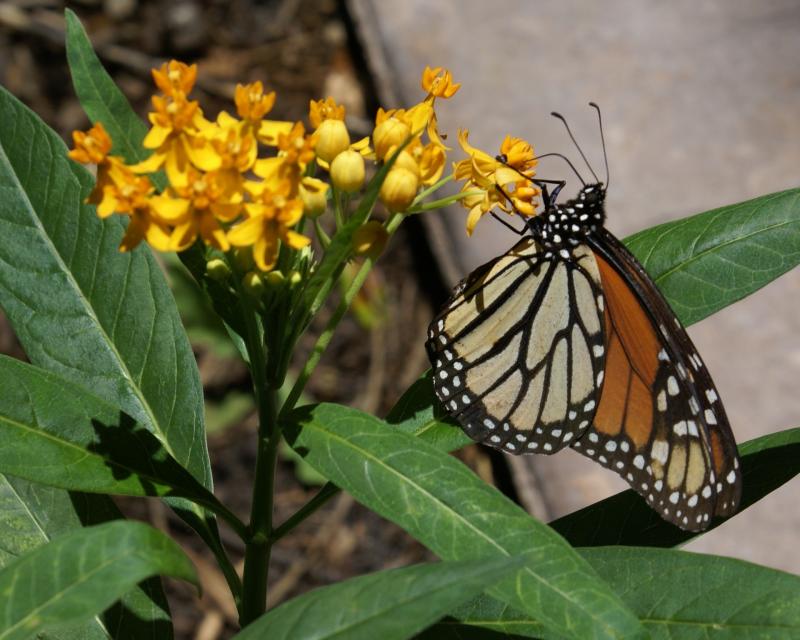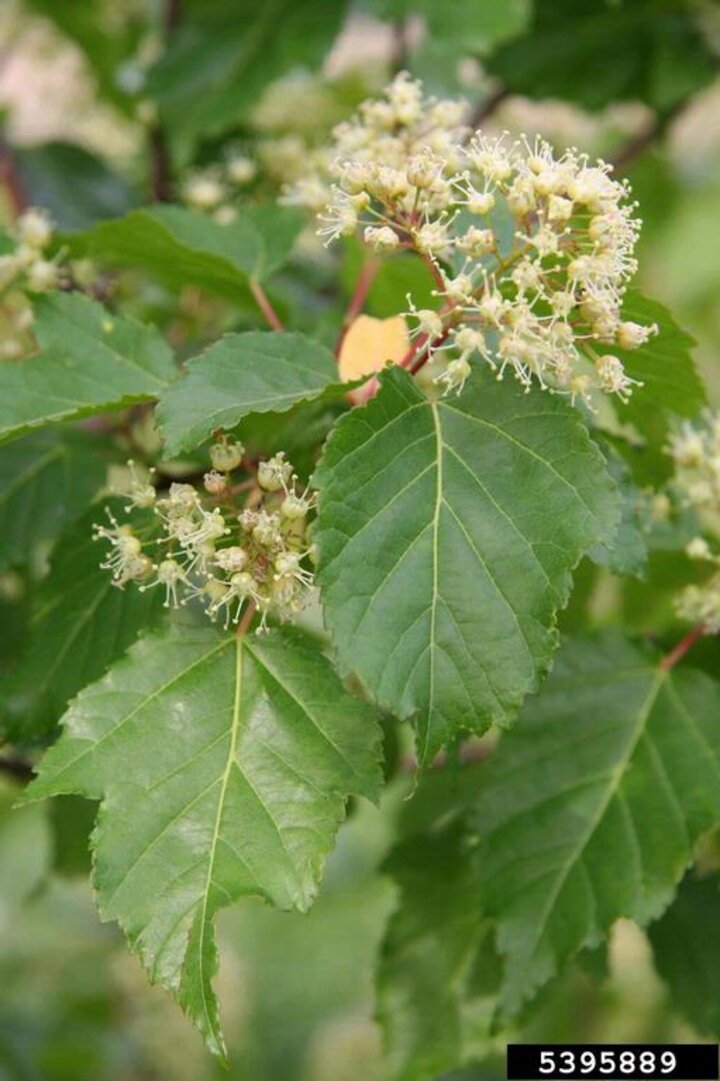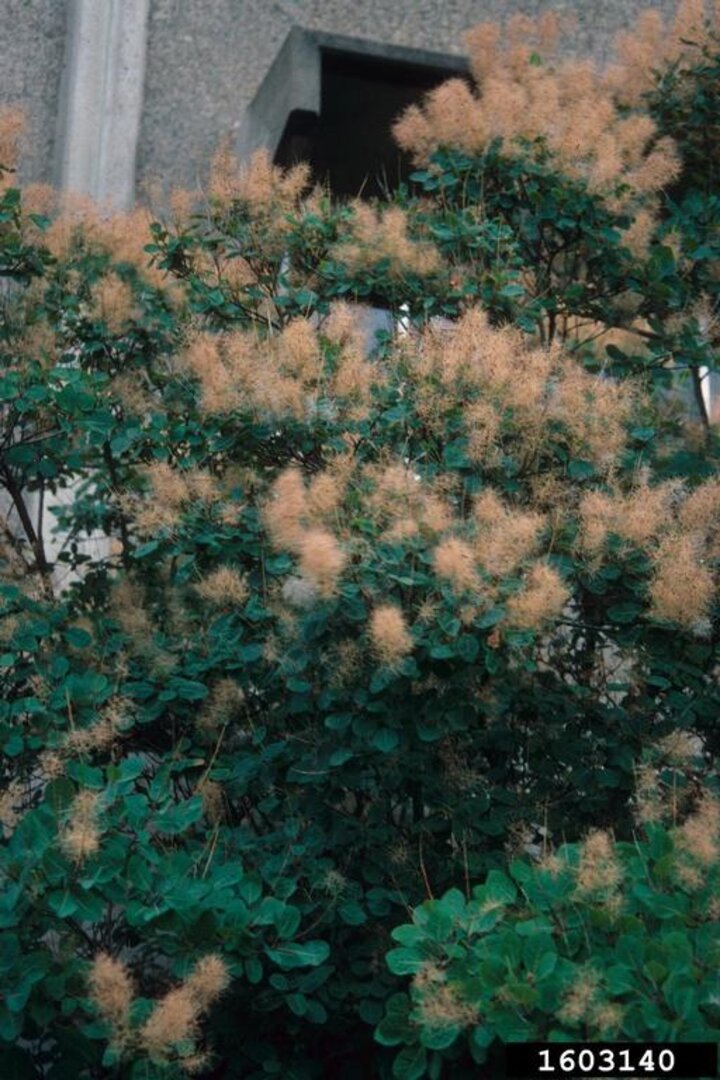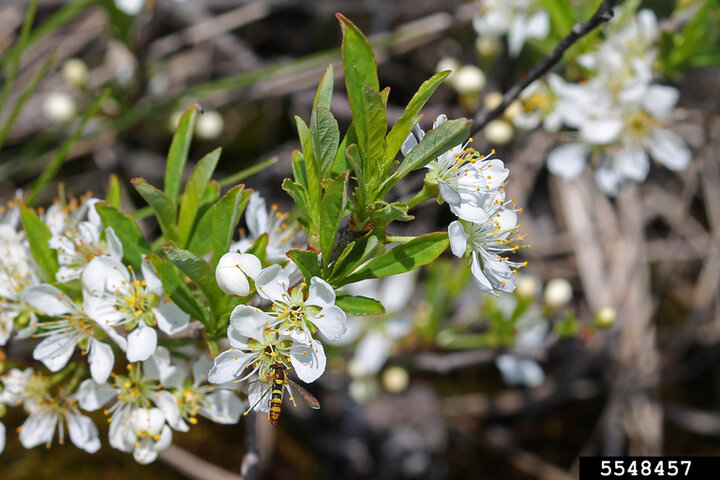Sarah Browning, Nebraska Extension Educator

Butterfly milkweed grows well in dry sandy soils, is a food source for Monarch caterpillars and offers great flowers for pollinators. Image from Pixabay.com.
When the soil around your home or getaway cabin is less than ideal, you can fight it by planting trees and shrubs that aren't well adapted to the site or select plants that do well in the conditions your landscape provides. Although many locations in Nebraska have clay soil, sandy soil is also very common especially along the Platte River and across the Sandhills.
If you decide to try and fight the soil conditions, you may get lucky and, through trial and error, eventually come up with a mix of plants that survive. But specifically choosing plants adapted to sandy soil is a much better strategy, saving time, effort and money. Planting well-adapted plants results in a healthier, thus more beautiful, landscape in the long run.
Sand vs. Clay Soil
Clay soils are slow to dry in the spring, often drain poorly - especially in compacted areas - and set up like concrete in dry weather.
Sand poses different problems. Water drains through it rapidly, so it's quick to dry in the spring, but it doesn't hold enough moisture for most plants in hot, dry weather. Sandy soil can be improved by adding large quantities of organic material year after year, but this is usually practical only for small areas, such as flower or vegetable gardens. For lawns and other large areas, it makes more sense to plant trees and shrubs that usually grow in sand or tolerate sandy conditions.
Trees

The following trees either grow well or are very tolerant of dry, sandy soil. Do your research before buying any tree to ensure the mature size is right for your landscape. Sone of the trees below, like bur oak, are very large at maturity and not recommended for an urban front yard, but would be a good addition to an acreage or farm with enough room to it grow.
- Common hackberry - Celtis occidentalis
- Crabapple - Malus spp.
- Gingko - Gingko biloba
- Goldenraintree - Koelreuteria paniculata
- Honeylocust - Glenditsia triacanthos var. inermis
- Japanese zelkova - Zelkova serrata
- Kentucky coffeetree - Gymnocladus dioicus
- Juniper, eastern red or many of the ornamental cultivars - Juniperus spp.
- Maple, boxelder – Acer negundo
- Maple, tartarian – Acer tataricum
- Oak, bur – Quercus macrocarpa
- Oak, gambel – Q. gambelii
- Oak, scarlet – Q. coccinea
- Oak, red or northern red – Q. rubra
- Pine, jack – Pinus banksiana
- Pine, red – Pinus resinosa
- Pine, white - Pinus strobus
- Serviceberry – Amelanchier spp.
Shrubs

Below are common shrubs which also withstand the dry conditions that come with sandy soil. Many of them have flowers and interesting or colorful fruits.
- Amur privet - Ligustrum amurense
- Common smoketree - Cotinus coggygria
- Common witchhazel - Hamamelis virginiana
- Flowering quince - Chaenomeles speciosa
- Gray dogwood - Cornus racemosa
- Japanese barberry - Berberis thunbergi
- Mountain-mahogany - Cercocarpus spp.
- Pawnee Buttes sandcherry - Prunus besseyi ‘Pawnee Buttes’
- Privets - Ligustrum spp.
- Siberian peashrub - Caragana arborescens
Vines
- American bittersweet - Celastrus scandens
- Baltic English ivy - Hedera helix 'Baltica'
- Hall's Japanese honeysuckle - Lonicera japonica 'Halliana'
- Honeysuckle - Lonicera sempervirens
- Hardy grapes - Vitus spp.
- Wintercreeper - Euonymus fortunei

Perennials
There are many perennial plants gardeners with clay soil struggle to grow well because they need very well-drained soil. So, if you have sandy soil, don’t miss this opportunity! The Nebraska Statewide Arboretum provides a very good list of perennials for sandy soil.
Plants for Sandy Soil, Nebraska Statewide Arboretum.
Sandy soil and its' dry conditions need not be an obstacle to a well landscaped, attractive yard. Choosing plants that are well adapted to dry conditions is the key, but this doesn't mean you can’t include other plants. However, the extra site preparation and time spent watering and fertilizing is the price you pay. Group species and cultivars needing special care together and prepare the site by incorporating organic matter for a year or two before planting to reduce the effort needed to establish and maintain these plants.
References:
Dirr, M. A., Dirr, B., Sadauskas, A., & Snyder, N. (2009). Manual of Woody Landscape Plants: Their Identification, Ornamental Characteristics, Culture, Propagation and Uses (6th ed.). Stipes Pub Llc.
Wagner, K., Kuhns, M., & Cardon, G. (2015, June). Gardening in sandy soils. Utah State University Extension. Retrieved May 18, 2022.
Images
- Tatarian maple leaves. Image by Robert Videki, Doronicum Kft., Bugwood.org
- Smokebush. Image by John Rutter, University of Georgia, Bugwood.org
- Sandcherry flowers. Image by Rob Routledge, Sault College, Bugwood.org.